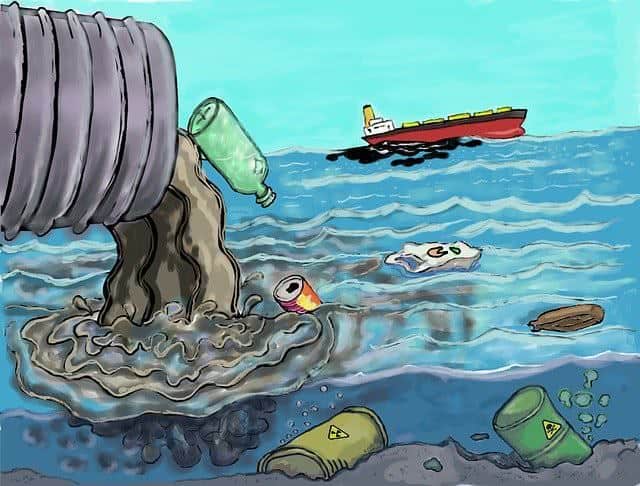Plastic is the source of pollution, present throughout its life cycle, due to the diffusion of microparticles from the original product which contaminates all environmental areas (air, water, and soil), but also all the elements with which it is in contact (food, skin, etc.).
The result is alarming: plastic represents a health risk on a global scale because it has a harmful effect both during its manufacture and during its use, its treatment as waste or its dispersion in the environment.
We need to rethink the use of plastic by adopting a preventive approach to reduction at source to put an end to this health and environmental threat.

Health Impacts Already Identified By Scientists
The ubiquity of plastic in our environment represents a health hazard for humans. Indeed, this product is in continuous interaction with the human environment and ends up infiltrating the human body, by ingestion, inhalation or direct contact. Thus, more and more microfibers and plastic microparticles are found in human tissues and the blood system.
The effects on health can be diverse: impacts on the immune system and the respiratory system, endocrine disruptions, reduced fertility, increased risk of cancer … These effects exist at each stage of the plastic life cycle and therefore multiply the consequences of health. However, the impact of the combination of these effects is still poorly understood and cannot, therefore, be understood correctly.
These risks concern all individuals, but people who are exposed for a long time (plastic workers, people living near factories, daily consumers of plastic products), as well as vulnerable groups (children, infants, and pregnant women), are particularly affected.
A Global Understanding Of The Risk To Be Deepened
This report identifies the technical and economic obstacles to the awareness of the health danger of plastic. This highlights the lack of transparency as to the chemical composition and production processes of plastic and its additives. This complicates the overall apprehension of the health risk posed by plastic and prevents in-depth and documented studies. In addition, this lack of information does not allow consumers to adopt a preventive attitude or communities and workers exposed daily to be warned of the risks they run due to overexposure.
The latter generally belong to the poorest and marginalized social classes and therefore do not have sufficient resources or mobilization capacities to raise their health concerns with economic and political decision-makers.
Recommendations to end this health threat
The recommendations emphasize different points:
- Make the production processes as well as the chemical composition of the plastic transparent, in particular, to allow communities living near extraction, production or processing plants to know the risks of prolonged exposure.
- Increase research to fill current gaps in our knowledge of plastics and related additives.
- Adopt a preventive approach and reduce the production and use of plastic, in view of the first results proving the negative impact of this product on health.
- Be aware of the danger of adding additives to plastics and ensure true traceability of these additives.
- Evaluate and prevent the harmful effects of technologies presented as solutions to the problem of plastic pollution, such as incineration (or “energy recovery”) or the transformation of plastic into fuel.
- Take into account the global and global dimensions of the plastic life cycle to adopt international measures to tackle the problem at the source.